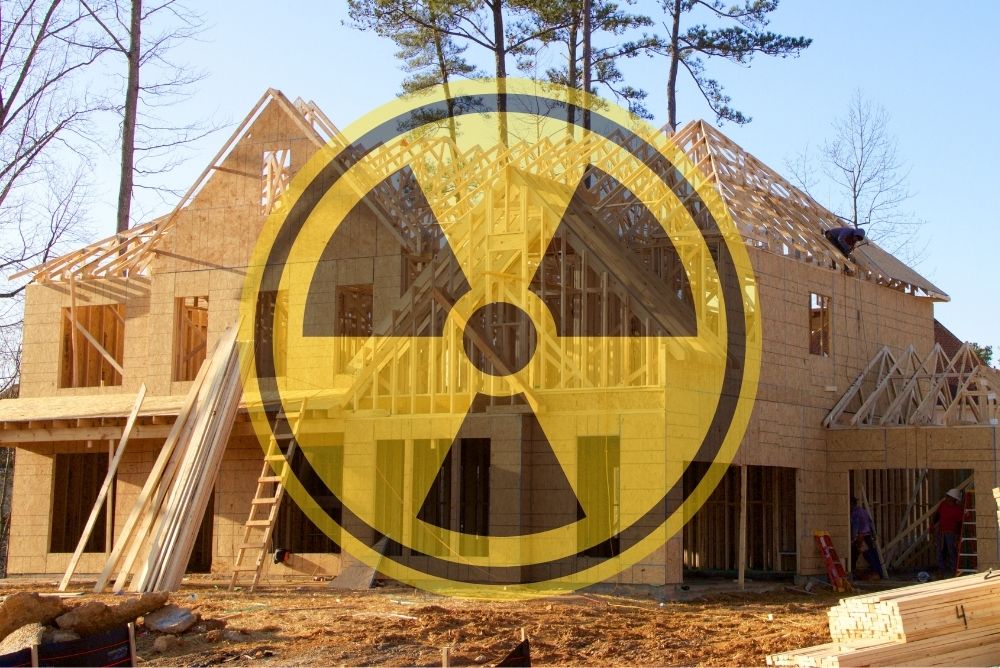Dealing with radon in our homes is a serious concern for homeowners and renters alike. As a naturally occurring radioactive gas, radon is invisible, odorless, and tasteless, making it hard for us to detect its presence. However, exposure to high levels of radon can lead to severe health issues, including lung cancer. Considering its harmful effects, it’s critical to understand if certain types of homes are more at risk for radon and how to protect ourselves and our families.
Factors That Influence Radon Risk
There are several factors that influence radon risk in homes. These include geographical location, the structure of the soil beneath the house, and home construction materials. Houses in areas with a high concentration of uranium in the ground are more likely to have elevated radon levels. Moreover, homes built on porous soil types, such as gravel or sand, may experience more radon infiltration due to increased airflow between the ground and the home’s foundation.
Home Construction Techniques and Radon Risk
Various construction techniques can also affect the risk of radon in certain homes. Airtight houses without proper mitigation systems tend to trap radon indoors. Insufficient sealing in the home’s foundation or between floors may also amplify radon levels. It’s important to consider these factors when assessing the risk of radon in your house, but it’s also crucial to remember that no home type is immune. Even newly constructed homes can contain high radon levels if you don’t take preventative measures during the construction process.
Are Older Homes More Susceptible to Radon?
A common misconception is that older homes are more likely to have radon problems. While it’s true that certain aspects of older home construction may lead to increased radon infiltration, it’s important to note that newer houses aren’t exempt from radon risk. All homeowners and renters should test for radon, regardless of the age of their home. It’s the most reliable way to determine if certain types of homes are more at risk for radon, and regular testing is necessary to ensure a safe living environment.
Preventative Measures and Testing for Radon
Regardless of the type of home you live in, radon testing and mitigation are essential for your health and well-being. Affordable radon testing kits are available for purchase online, or you can hire a professional radon testing service for a more thorough assessment. If it detects elevated levels, you should install a radon mitigation system. This can effectively reduce radon levels in your home. Monitoring your home’s radon levels and taking appropriate action is the best way to mitigate the risk and protect your loved ones from harmful exposure to radon gas.
Don’t leave your health and the health of your loved ones to chance. Take control of your home’s safety today. Affordable Radon Services specializes in radon testing services, providing you with the necessary tools and expertise to protect your home from harmful radon gas. We dedicate ourselves to ensuring your living environment is safe from this unseen hazard. Contact Affordable Radon Services now and get peace of mind with our comprehensive radon testing services. Your well-being is our priority.


Recent Comments